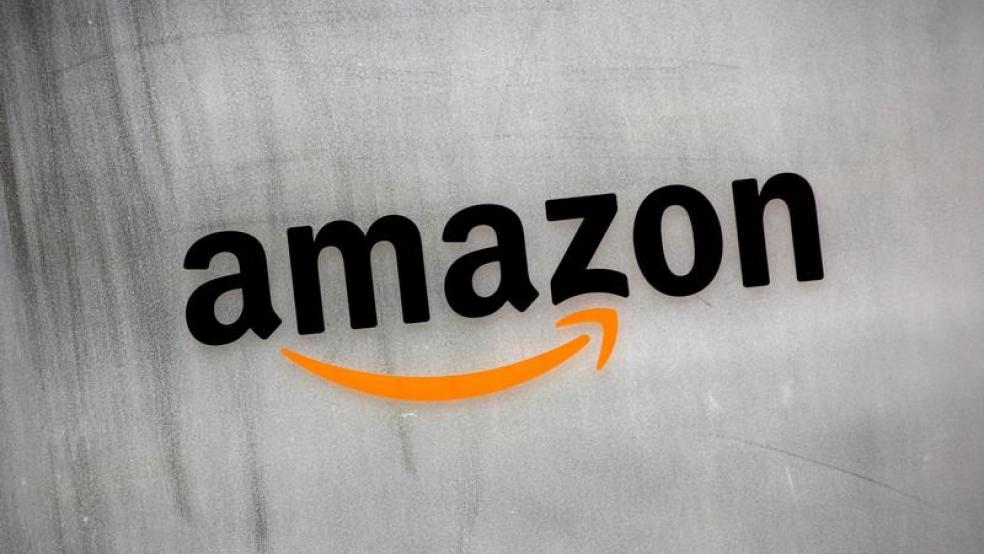Amazon's "hulking shadow" just won't go away, and it's only going to grow, according to a new note from Moody's Investors Service.
"Almost every sub-segment of retail is feeling the looming shadow of Amazon's ever-increasing presence online," Charlie O'Shea, Moody's lead retail analyst and author of the report, said.
Related: How Amazon Could Dominate 3 Megatrends of the 21st Century
He used Prime Day as an example of how Amazon is separating itself from the rest by creating its own shopping event and leaving the so-called little guys scant room to compete.
"Virtually every sub-segment of retail, other than auto retail and pharmacy, are caught in the cross-hairs of Amazon's constantly-morphing online presence," O'Shea said.
Aside from the internet giant, Moody's also expects other "bigger competitors" — Target, Best Buy and even department stores — to continue to consolidate ahead of "smaller competitors." This will put further stress on smaller retailers — J. Crew, GNC and Abercrombie & Fitch, as examples — and elevate the risk of default, the firm has predicted.
"Competitors going up against mega-retailers such as Walmart or Amazon face a Darwinian choice: fight a price battle with these retail leaders, which they will likely lose, or find someone weaker from whom they can grab market share," O'Shea wrote.
The problem struggling retailers face is that these companies aren't "assessing who their competitors really are." Too many retailers see their competition as much "narrower" or more "predictable" than it is.
J. Crew, for example, should be looking at a Target or a department store like J.C. Penney as its competition, because they're all in the business of selling clothing. But not everyone has that mindset, Moody's pointed out.
Related: Amazon Prime Members Spend More on the Site – a Lot More
For small retailers, the circumstances are becoming more and more "dire" in the brick-and-mortar space, O'Shea added. But there's really not much that can be done at this point.
"Distressed retailers have very little room to maneuver in a falling sales environment. Any drop in revenue could be the tipping point for those scrambling to maintain enough liquidity to meet upcoming debt maturities and, at the same time, enough money to support a competitive online capability."
In February, among Moody's rated retail and apparel issuers, 19 retailers had ratings of "Caa" or lower — implying a heavily distressed company.
That number then grew to 22 companies, or about 15 percent of the firm's retail and apparel category, Moody's reported in June. Among those 22 distressed names are Sears, Nine West, Claire's Store, David's Bridal and Charming Charlie.
"There are many bellwether retailers dropping into 'Caa' territory," Moody's said.
In the first quarter of 2017, Amazon and Wal-Mart generated a combined $5.4 billion in retail revenue growth year over year. Though this figure was considered "weak" to kick off the year, it was still more than the combined annual revenue for all of Moody's "Caa"/"Ca"-rated companies, except Sears, the firm said.
This article originally appeared on CNBC. Read more from CNBC:
5 over-the-top meals only a millionaire could afford
There are more renters than any time since 1965
Amazon's latest assault wipes $13 billion off Home Depot, other appliance seller stocks




